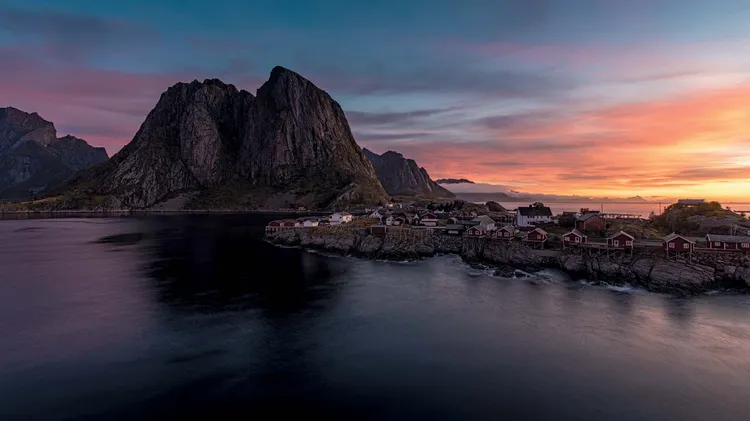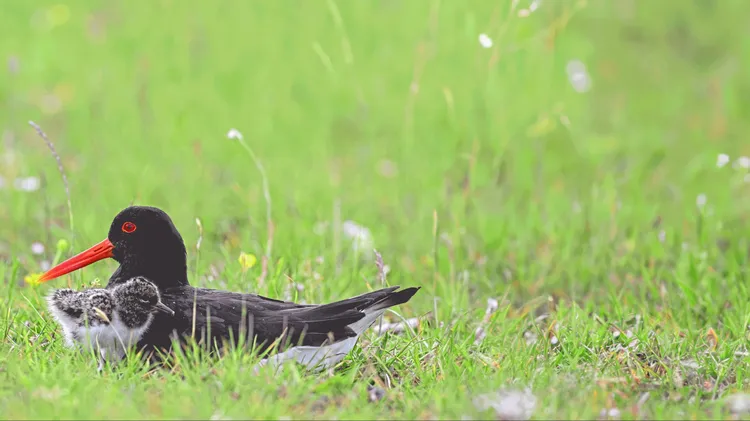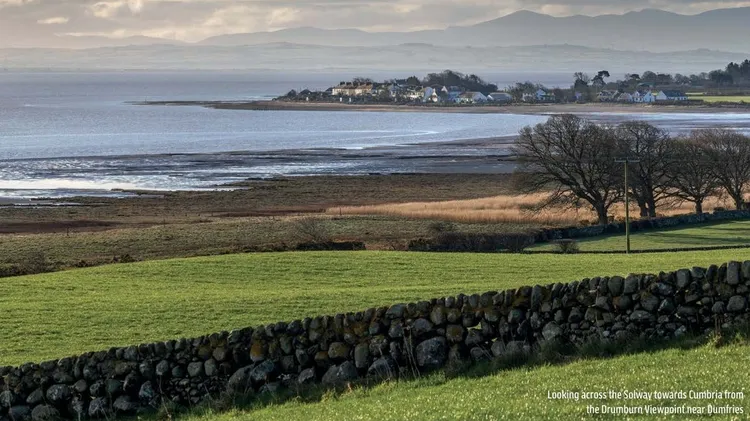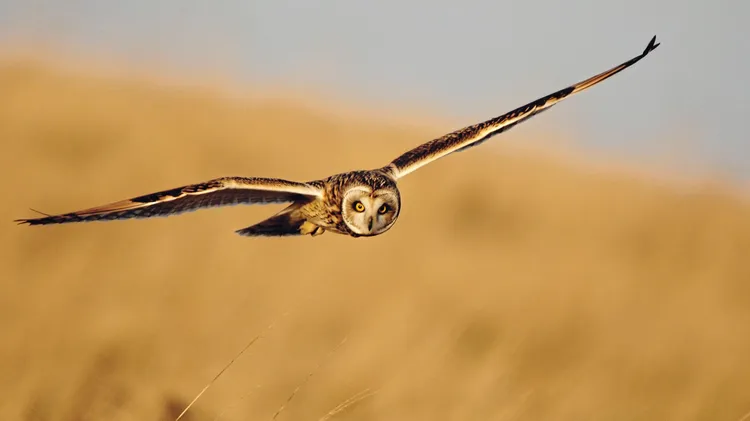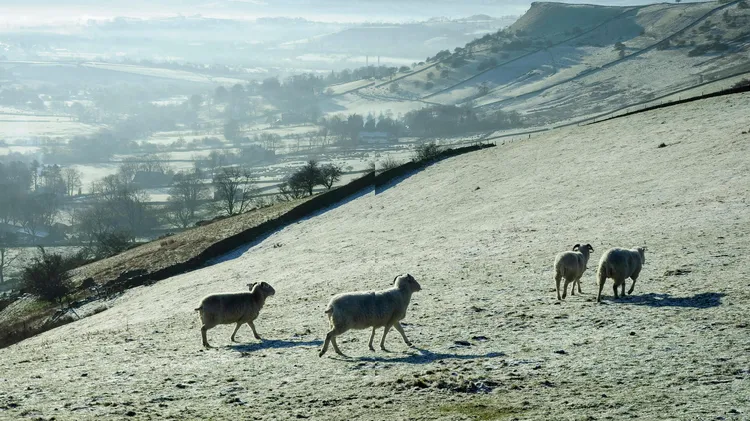After a century recovering from hunting, the Svalbard reindeer now faces the c
Arctic survivor
3 min read
This article is from...
Read this article and 8000+ more magazines and newspapers on Readly

